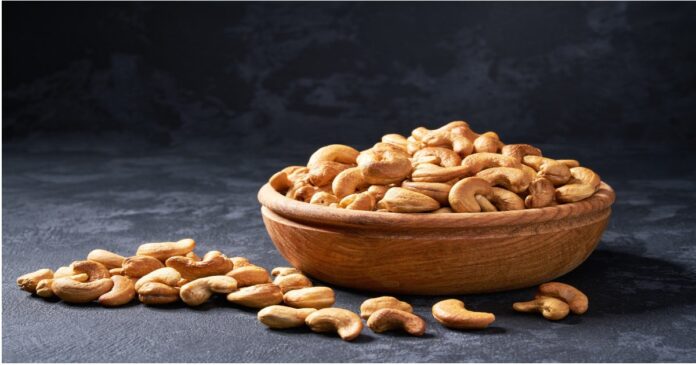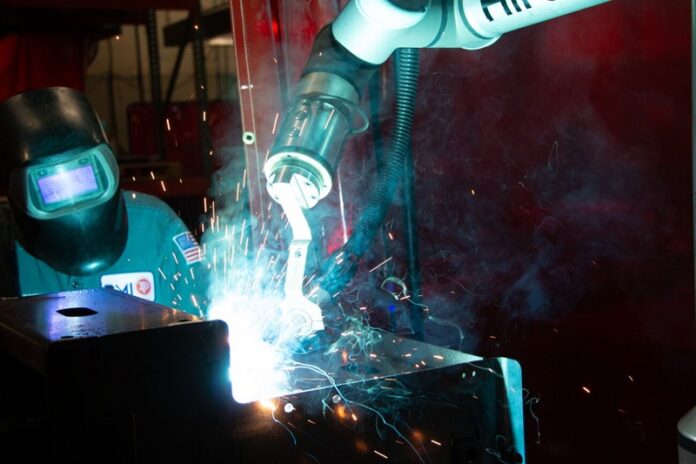Cashews are popular worldwide. Found in snacks, desserts, and even dairy-free sauces, they’re in high demand. But have you ever wondered where they actually come from?
Let’s break down their tropical origins, uncover how they’re harvested, and explore their journey across continents.
Key Highlights
- The tree that produces cashews is native to Brazil’s coastal region.
- Portuguese trade introduced cashew trees to Africa and Southeast Asia.
- Cashew nuts grow outside a fruit known as the cashew apple.
- Their shells contain toxic oil, so careful processing is required.
- Processing hubs in Asia handle most of the global output.
- Wholesale markets in Malaysia now serve growing regional demand.
Brazil: The True Home of the Cashew Tree
The tree that produces the nut we know so well comes from Brazil’s northeast coast. Areas like Fortaleza and Natal are rich in sandy soil and sunlight — the exact conditions cashew trees love.
Portuguese sailors took the saplings from Brazil and introduced them to their colonies. Within decades, they began growing in Goa, Mozambique, and other tropical regions. These trees proved resilient, requiring little care once rooted.
The fruit they produce is unique. The seed — what people call the “nut” — grows outside the soft, pear-shaped fruit known as the cashew apple.
Cashew Apples and the Nut Below
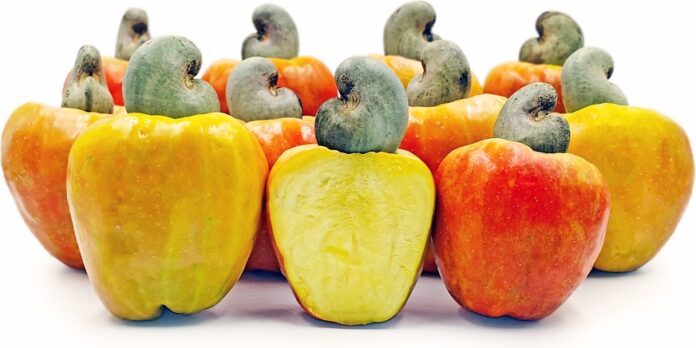

Most people don’t know that the edible part isn’t actually a nut. Technically, it’s a seed. And it grows at the base of the fleshy fruit.
The cashew apple tastes sharp, like a mix of mango and pepper. It’s juicy but highly perishable. Because of its fragile nature, the apple is rarely exported. Locals in Brazil and India use it for drinks, jams, and even fermented spirits.
What’s globally traded is the seed. But its shell holds a caustic oil that causes skin irritation. Before it’s safe to eat, the outer layer must be removed using heat or steam.
Trade, Processing, and Wholesale Supply Chains
After their arrival in Africa and Asia, cashew trees adapted well. By the 18th century, parts of India had built entire harvesting and processing industries around them.
Today, the biggest suppliers of finished kernels are Vietnam, India, and Indonesia. These countries have mastered the post-harvest stages — roasting, peeling, grading, and packaging.
Southeast Asia now plays a vital role in the wholesale business. For instance, cashew nut wholesale suppliers like Jannat Asia, based in Kuala Lumpur, deliver top-quality products for commercial buyers.
Their approach focuses on fair pricing and clean processing. They cater to restaurants, shops, and importers across the region, offering fast delivery and reliable sourcing.
How Cashew Seeds Are Harvested
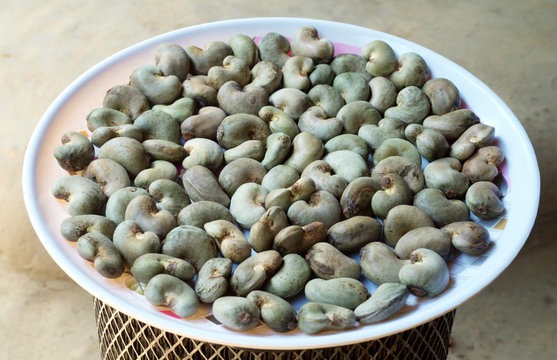

Once the fruit ripens and drops, field workers collect them manually. They twist off the nut from the bottom of the apple. The raw seeds are then dried in the sun before they can be roasted.
Processing involves:
- Sun-drying — To reduce moisture content
- Heat treatment — Removes toxic compounds
- Shell cracking — To access the edible portion
- Skin peeling — Thin outer layer must be removed
- Grading — Sorted by size, color, and shape
This process is labor-intensive. Despite efforts to introduce machines, many producers still rely on hand-processing for premium grades.
Why Cashew Shells Are a Bigger Deal Than You Think
The outer shell of a raw cashew contains anacardic acid, a compound similar to poison ivy oil. It can burn the skin and cause severe irritation. That’s why raw cashews sold in stores are never truly “raw” — they’ve already gone through heat treatment.
This toxic shell creates serious challenges for farmers and processors. Manual shelling without protection can lead to health issues. In some countries, workers suffer burns due to poor safety gear and outdated techniques.
To reduce risks, many processors use steam-based systems or rotary drum roasters. These remove the harmful oils safely and prepare the kernels for further peeling. Innovations in equipment are helping reduce injuries, but the issue still affects smaller operations in less-developed regions.
Handling the shell right isn’t just about safety. It also affects taste. If not properly roasted, the nut inside can pick up a bitter residue that lowers its grade and value. That’s why skilled processing makes all the difference between a bitter bite and a smooth, buttery one.
What Makes Them So Popular?
They have a soft texture and a natural buttery taste. Rich in healthy fats and proteins, they serve as a great energy source.
Beyond taste, their ability to blend smoothly makes them perfect for:
They also rank high on the shelf in terms of pricing. A small pack of whole kernels can sell for more than double the price of peanuts or almonds in many countries.
Where Most of the Supply Comes From
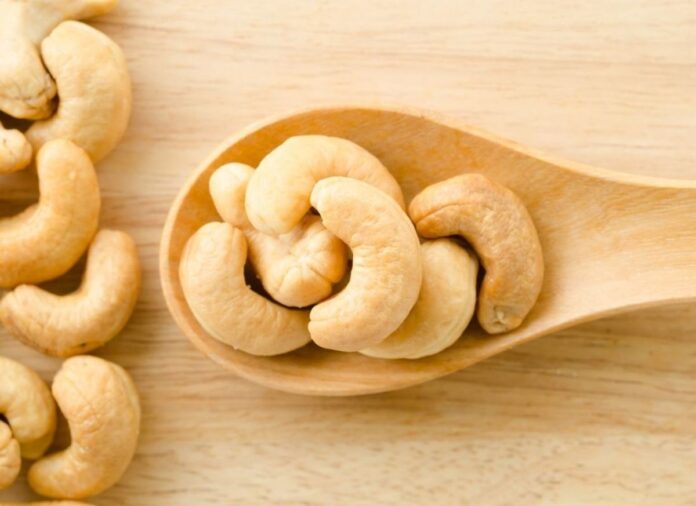

Two regions dominate the supply chain:
Raw Seed Producers
- Ivory Coast
- Nigeria
- Tanzania
- Benin
These countries export large quantities of raw seeds but lack processing facilities.
Processing Hubs
- Vietnam
- India
- Indonesia
- Brazil
Factories in these regions handle the roasting, cleaning, and packaging. Vietnam leads the way with advanced processing technology and skilled labor.
Role of Wholesale in the Industry
Large-scale buyers and resellers rely on wholesale networks. These networks connect growers, processors, and commercial customers.
Malaysia has become a trusted supplier hub. Companies like Jannat Asia offer bulk order capabilities with reliable logistics. Their stock includes roasted and raw variants in multiple grades — ideal for stores and food businesses that need volume with consistent quality.
Increased demand across Asia has made Malaysia’s strategic location even more important for exporters and retailers.
Misconceptions You Should Know
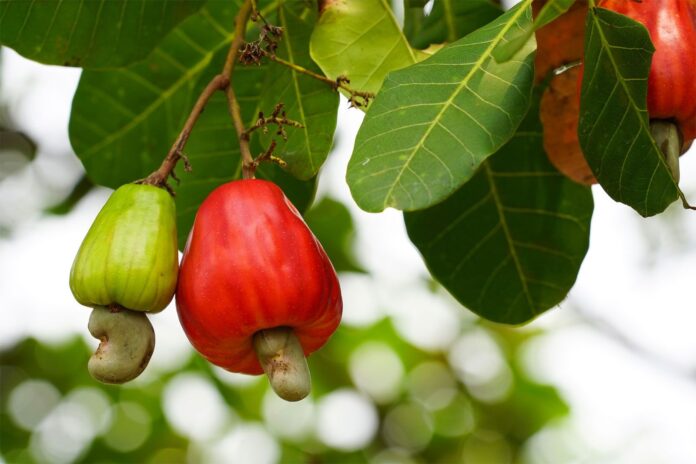

Let’s set the record straight:
- The edible portion is not actually a nut but a seed.
- It grows below the apple, not inside it.
- The shell is toxic — it must be removed carefully.
- The apple is not a waste byproduct; it’s used in juices and liquors.
- Not all cashews are the same — grades vary based on size and shape.
Clearing up these points helps consumers and buyers make informed choices.
Final Thoughts
What seems like a simple snack has a long journey. From wild trees in Brazil to bustling factories in Asia, every cashew kernel has passed through dozens of hands.
For everyday eaters, the smooth texture and rich flavor make them a pantry favorite. For business buyers, the global trade routes, pricing models, and grading systems matter even more.
If you’re sourcing for bulk use or exploring supplier options in Asia, look to Malaysia’s growing wholesale market. Companies like Jannat Asia make access easier, faster, and more reliable.
Stay curious next time you open a pack — that nut has a story worth knowing.

